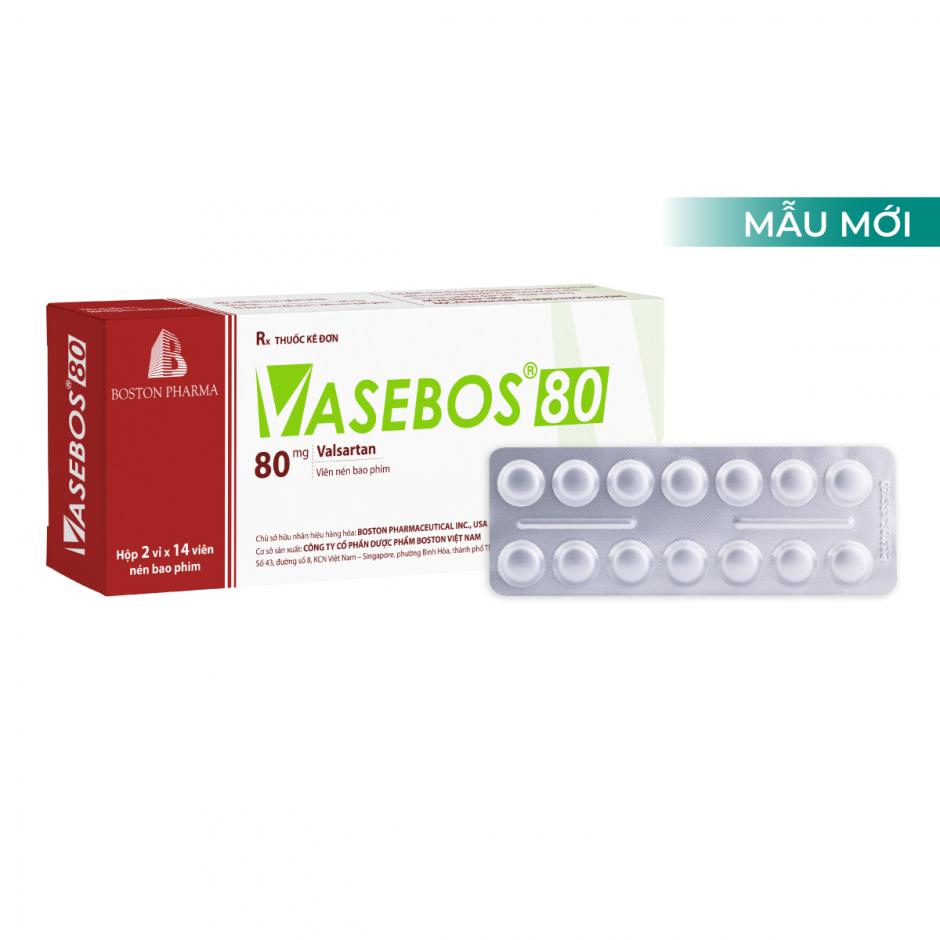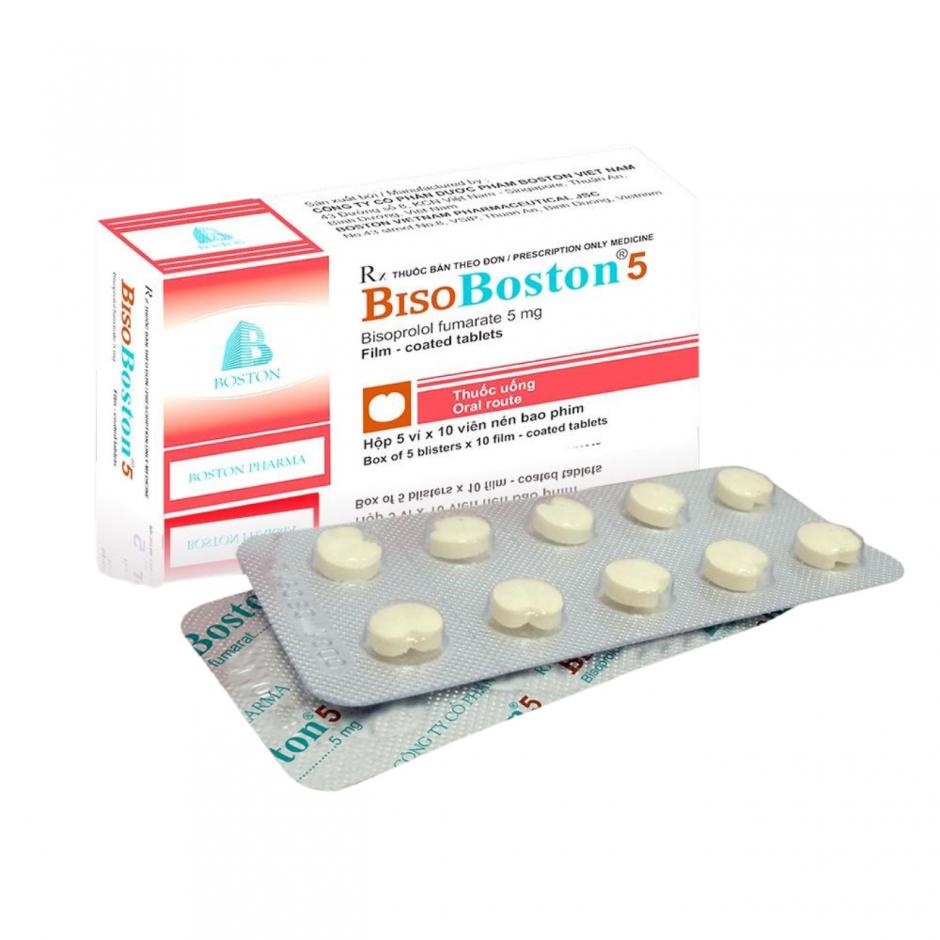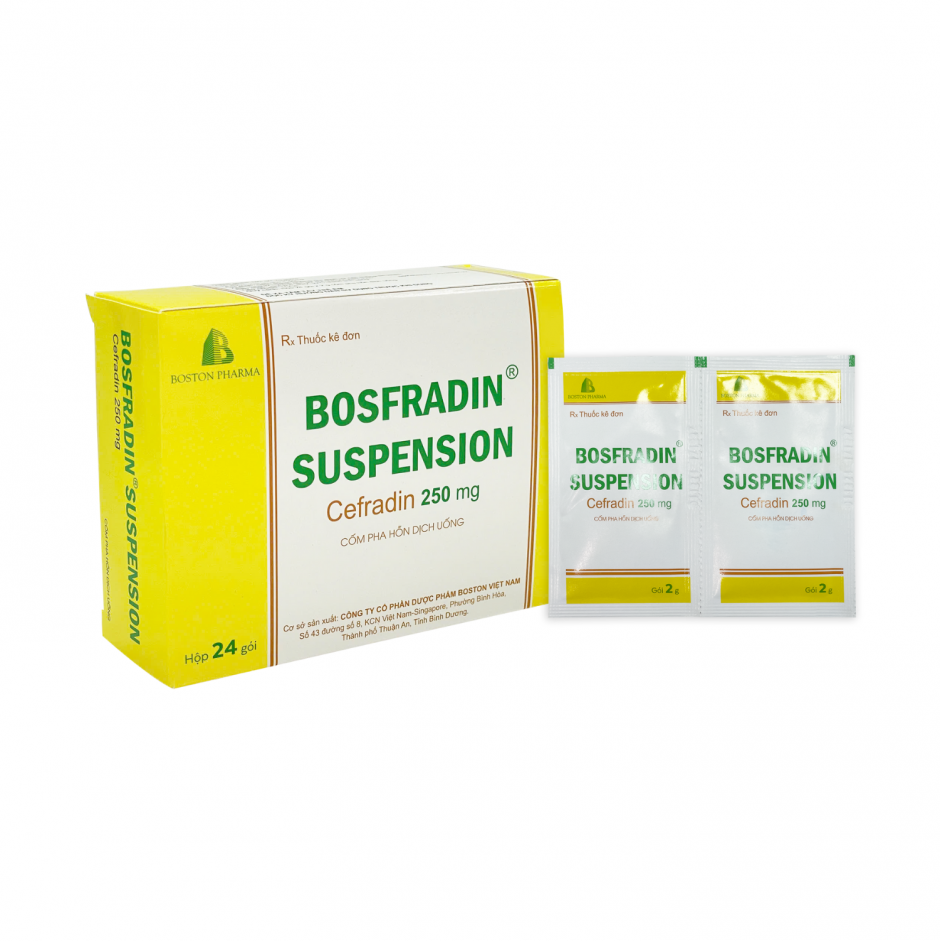Treatment of secondary hypertension in adults and in children and adolescents 6 - 18 years of age.
Treatment of renal disease in patients with hypertension and type-2 diabetes mellitus with proteinuria ≥ 0.5 g/day as part of an antihypertensive treatment.
Treatment of chronic heart failure in adult patients when treatment with Angiotensin-converting enzyme (ACE) inhibitors is not considered suitable due to incompatibility, especially cough, or contraindication. Patients with heart failure who have been stabilised with an ACE inhibitor should not be switched to losartan. The patients should have a left ventricular ejection fraction ≤ 40% and should be clinically stable and on an established treatment regimen for chronic heart failure.
Reduction in the risk of stroke in adult hypertensive patients with left ventricular hypertrophy documented by ECG.
POSOLOGY AND METHOD OF ADMINISTRATION
Method of administration
LOSARTAN BOSTON 50 for oral use, may be administered with or without food.
Posology
Hypertension
The usual starting and maintenance dose is 50 mg once daily
The maximal antihypertensive effect is attained 3-6 weeks after initiation of therapy. Some patients may receive an additional benefit by increasing the dose to 100 mg once daily (in the morning).
Losartan may be administered with other antihypertensive agents, especially with diuretics (e.g. hydrochlorothiazide).
Hypertensive type II diabetic patients with proteinuria ≥ 0.5 g/day:
The usual starting dose is 50 mg once daily.
The dose may be increased to 100 mg once daily (in the morning).
Losartan may be administered with other antihypertensive agents (e.g. diuretics, calcium channel blockers, alpha- or beta-blockers, and centrally acting agents as well as with insulin and other commonly used hypoglycaemic agents (e.g. sulfonylureas, glitazones and glucosidase inhibitors).
Heart failure:
The usual initial dose of losartan in patients with heart failure is 12.5 mg once daily. The dose should generally be titrated at weekly intervals (i.e. 12.5 mg daily, 25 mg daily, 50 mg daily, 100 mg daily, up to a maximum dose of 150 mg once daily) as tolerated by the patient.
Reduction in the risk of stroke in hypertensive patients with left ventricular hypertrophy documented by ECG:
The usual starting dose is 50 mg of losartan once daily. A low dose of hydrochlorothiazide should be added and/or the dose of losartan should be increased to 100 mg once daily based on blood pressure response.
Use in patients with intravascular volume depletion (e.g. those treated with high dose diuretics), a starting dose of 25 mg once daily should be considered.
Use in patients with renal impairment and haemodialysis patients: No dosage adjustment is necessary.
Use in patients with hepatic impairment:
A lower dose should be considered for patients with a history of hepatic impairment. Therefore, losartan is contraindicated in patients with severe hepatic impairment.
Children 6 months – less than 6 years: No recommended
Children 6 years to 18 years:
The recommended dose is 25 mg once daily in patients >20 to <50 kg. In
exceptional cases the dose can be increased to a maximum of 50 mg once daily.
In patients > 50 kg, the usual dose is 50 mg once daily. In exceptional cases the dose can be adjusted to a maximum of 100 mg once daily.
Losartan is not recommended for use in children with glomerular filtration rate < 30 ml/min/1.73 m2 or hepatic impairment.
Use in elderly:
Although consideration should be given to initiating therapy with 25 mg in patients over 75 years of age, dosage adjustment is not usually necessary for the elderly.
CONTRAINDICATIONS
Hypersensitivity to losartan potassium or to any ingredient in the drug product
2nd and 3rd trimester of pregnancy.
Severe hepatic impairment.
The concomitant use of losartan with aliskiren-containing products is contraindicated in patients with diabetes mellitus or renal impairment
WARNINGS AND PRECAUTIONS
- Contains lactose which may not be suitable for patients with lactose intolerance, galactosemia or glucose/galactose malabsorption
- Hypersensitivity, angioedem Not recommended for patients with a history of angioedema with or without ACE inhibitors or angiotensin II receptor antagonists.
- Hypotension and Electrolyte/Fluid Imbalance: Symptomatic hypotension, especially after the first dose and after increasing of the dose, may occur in patients who are volume- and/or sodium-depleted by vigorous diuretic therapy, dietary salt restriction, diarrhoea or vomiting. These conditions should be corrected prior to administration of losartan, or a lower starting dose should be used.
- Electrolyte imbalances:
- Electrolyte imbalances are common in patients with renal impairment, with or without diabetes, and should be addressed. In a clinical study conducted in type 2 diabetic patients with nephropathy, the incidence of hyperkalaemia was higher in the group treated with losartan as compared to the placebo group. Therefore, the plasma concentrations of potassium as well as creatinine clearance values should be closely monitored, especially patients with heart failure and a creatinine clearance between 30-50 ml/min should be closely monitored.
- The concomitant use of potassium-sparing diuretics, potassium supplements, potassium-containing salt substitutes, or other drugs that may increase serum potassium.
- Hepatic impairment: Use a lower dose should be considered for patients with a history of hepatic impairment. Losartan must not be administered in patients with severe hepatic impairment, losartan is not recommended in children with hepatic impairment.
- Renal impairment: As a consequence of inhibiting the renin-angiotensin system, can cause renal failure (in particular, in patients whose renal function is dependent on the renin- angiotensin-aldosterone system such as those with severe cardiac insufficiency or pre-existing renal dysfunction), increases in blood urea and serum creatinine (patients with bilateral renal artery stenosis or stenosis of the artery to a solitary kidney). Changes in renal function may be reversible upon discontinuation of therapy. Losartan should be used with caution in patients with bilateral renal artery stenosis or stenosis of the artery to a solitary kidney.
- Use in paediatric patients with renal impairment:
- Losartan is not recommended in children with glomerular filtration rate < 30 ml/min/1.73 m2.
- Renal function should be regularly monitored during treatment with losartan, especially with fever, dehydration has the potential to reduce kidney function.
- Concomitant use of ACE inhibitors and losartan is not recommended.
- Renal transplantation: There is no experience.
- Primary hyperaldosteronism: Not responding with losartan.
- Coronary heart disease and cerebrovascular disease: Excessive blood pressure decrease due to lack of oxygen could result in a myocardial infarction or stroke.
- Heart failure:
- In patients with heart failure, with or without renal impairment, there is a risk of severe arterial hypotension, and (often acute) renal impairment.
- Caution should be exercised in patients with heart failure and renal failure, in patients with severe heart failure (NYHA class 4 heart failure), as well as in patients with heart failure and symptomatic life-threatening arrhythmias
- The combination of losartan with a beta-blocker should be used with caution.
- Caution in patients with aortic and mitral stenosis, obstructive hypertrophic cardiomyopathy.
- Losartan should not be initiated during pregnancy unless continued losartan therapy is considered essential, patients planning pregnancy should be changed to alternative anti-hypertensive treatments which have an established safety profile for use in pregnancy. When pregnancy is diagnosed, treatment with losartan should be stopped immediately, and, if appropriate, alternative therapy should be started.
- In combination with inhibitors of the renin-angiotensin system aldosterone:
- The concomitant use of ACE-inhibitors, angiotensin II receptor blockers or aliskiren increases the risk of hypotension, hyperkalaemia, and decreased renal function (including acute renal failure).
- If combination with an inhibitor of the renin-angiotensin-aldosterone system is absolutely necessary, frequent close monitoring of renal function, electrolytes, and blood pressure is recommended.
- ACE-inhibitors and angiotensin II receptor blockers should not be used concomitantly in patients with diabetic nephropathy.
SHELF-LIFE: 36 months from the manufacturing date. Do not use after the expiry date
Box of 04 blisters x 15 film-coated tablets
Your comment



_LOSARTAN_BOSTON_60AAA.jpg)









